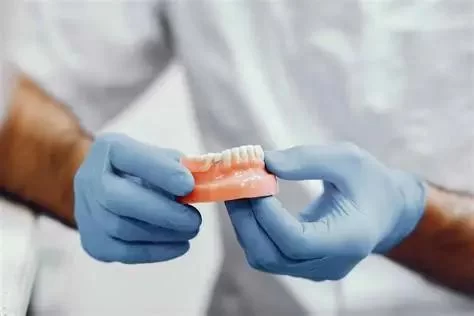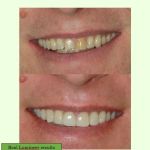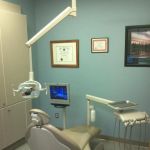
- 1-Understanding-Dental-Bridges-and-Their-Importance
- 2-Immediate-Care-After-Dental-Bridge-Placement
- 3-Long-Term-Maintenance-for-Dental-Bridges
- 4-Common-Mistakes-to-Avoid
- 5-Tools-and-Products-for-Optimal-Care
1. Understanding Dental Bridges and Their Importance
Dental bridges are prosthetic devices used to replace missing teeth by anchoring artificial teeth to adjacent natural teeth or implants. Proper care after placement is crucial to maintain their function, appearance, and overall oral health.
Neglecting care can lead to plaque buildup, gum disease, or damage to the bridge, so understanding the necessary steps is essential.
1.1 Role in Oral Health and Function
Besides improving aesthetics, dental bridges help restore chewing ability and prevent remaining teeth from shifting, making maintenance vital for long-term success.
2. Immediate Care After Dental Bridge Placement
Right after placement, patients should follow dentist instructions carefully. This typically includes avoiding hard or sticky foods, maintaining gentle oral hygiene, and managing discomfort with recommended medications.
Rinsing with warm salt water can soothe the gums, and monitoring for any unusual pain or swelling is important.
2.1 Communication with Your Dentist
Promptly report any issues such as looseness, discomfort, or sensitivity to ensure timely adjustments or interventions.
3. Long-Term Maintenance for Dental Bridges
Maintaining dental bridges involves regular brushing twice daily with a soft-bristled toothbrush and flossing carefully around the bridge using special floss threaders or interdental brushes.
Routine dental check-ups and professional cleanings play a key role in prolonging the life of the bridge and preventing oral diseases.
3.1 Maintaining Healthy Gums
Healthy gums support the bridge’s stability. Massaging gums and using antimicrobial mouth rinses recommended by your dentist can reduce inflammation and infection risk.
4. Common Mistakes to Avoid
Avoid neglecting hygiene around the bridge, chewing overly hard foods, or skipping dental visits. These behaviors increase the risk of damage or complications.
Another common mistake is using abrasive toothpaste, which can scratch the bridge’s surface.
5. Tools and Products for Optimal Care
Using quality dental care products enhances bridge maintenance. Products such as floss threaders, water flossers, and non-abrasive toothpaste improve cleaning efficiency.
Dentistry Toothtruth offers a selection of trusted dental care products designed to support your dental bridge maintenance routine effectively.
Properly caring for dental bridges after placement ensures a lasting smile and better oral health—making it a worthwhile commitment.







 Springfield Dentures and Implants4.0 (69 review)
Springfield Dentures and Implants4.0 (69 review) A Z Dental3.0 (41 review)
A Z Dental3.0 (41 review) Forest Ridge Family Dentistry5.0 (175 review)
Forest Ridge Family Dentistry5.0 (175 review) Motto Clear Aligners0.0 (0 review)
Motto Clear Aligners0.0 (0 review) Beck Dental Center4.0 (34 review)
Beck Dental Center4.0 (34 review) Celebrate Dental & Braces4.0 (724 review)
Celebrate Dental & Braces4.0 (724 review) The Importance of Oral Health Education During Pregnancy for a Healthy Pregnancy
The Importance of Oral Health Education During Pregnancy for a Healthy Pregnancy Best Tips for Brushing Your Teeth Properly for Healthy Gums: Essential Techniques for Oral Health
Best Tips for Brushing Your Teeth Properly for Healthy Gums: Essential Techniques for Oral Health Why Skipping Dental Checkups Can Lead to Bigger Oral Health Problems
Why Skipping Dental Checkups Can Lead to Bigger Oral Health Problems Advantages of Porcelain Dental Restorations
Advantages of Porcelain Dental Restorations How Can Diabetes Cause Tooth and Gum Problems? Preventing and Managing Oral Health Issues
How Can Diabetes Cause Tooth and Gum Problems? Preventing and Managing Oral Health Issues Healthy Habits for Promoting Good Oral Health and Hygiene: Tips for a Healthy Smile
Healthy Habits for Promoting Good Oral Health and Hygiene: Tips for a Healthy Smile